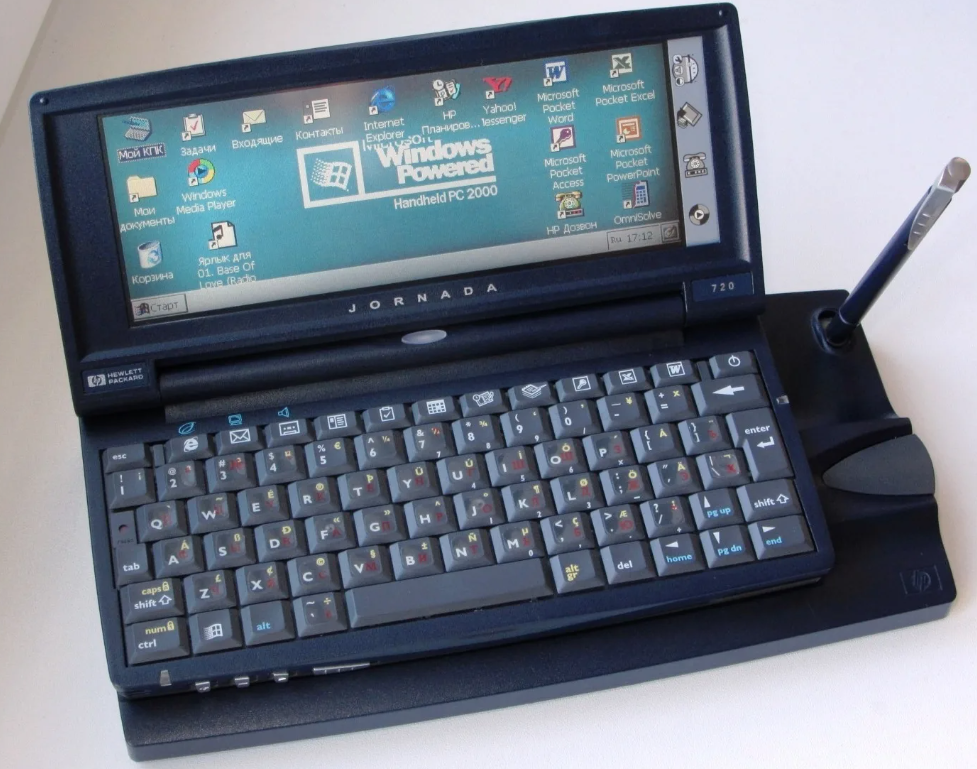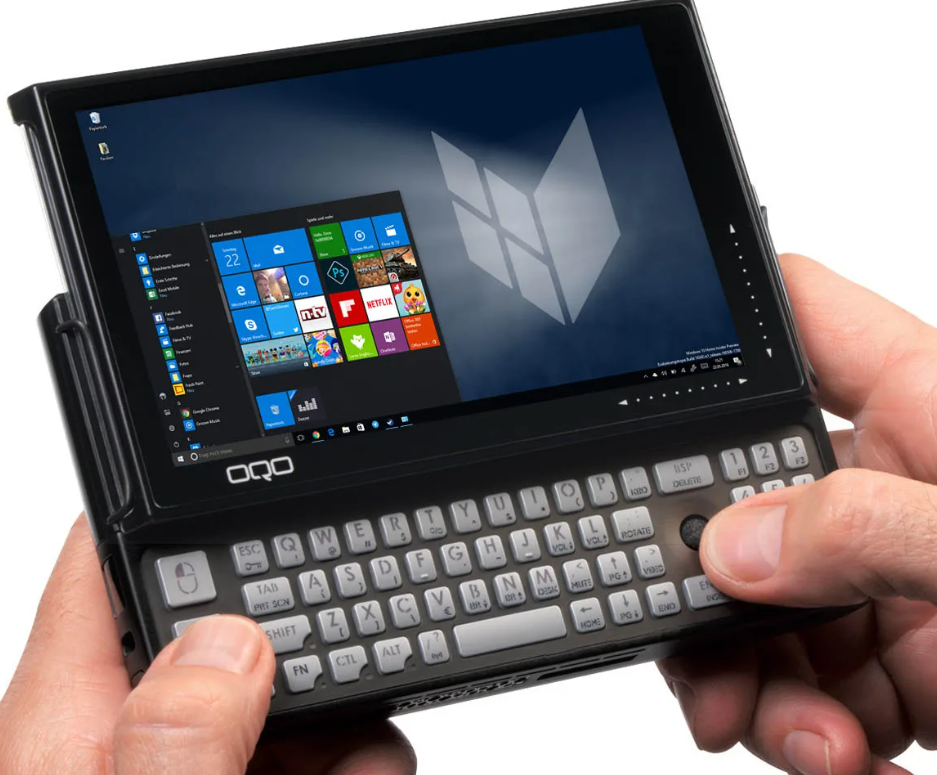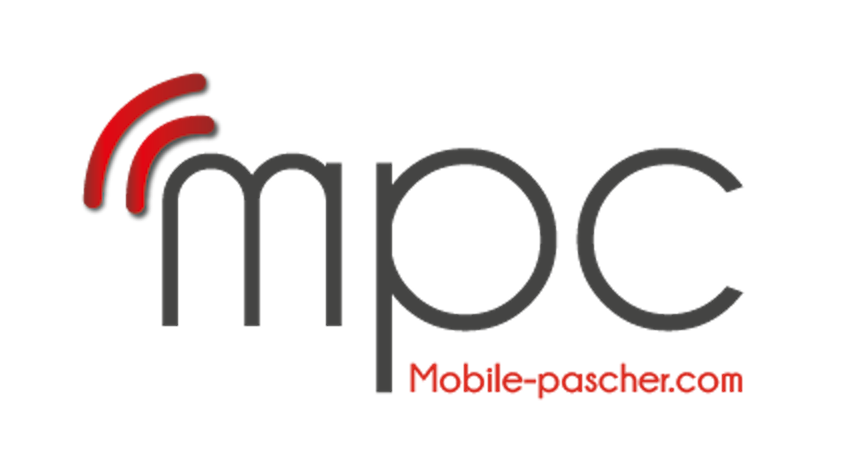
Personal Digital Assistants (PDAs), commonly referred to as handheld or pocket computers, have undergone a significant evolution since their inception. Initially introduced in the 1980s, PDAs were designed to serve as portable organizers, enabling users to manage their schedules, contacts, and tasks on the go. However, with advancements in technology, PDAs have transformed into versatile devices capable of performing a wide range of functions, revolutionizing the way we work, communicate, and access information.
The early PDAs, such as the Apple Newton and the Palm Pilot, featured basic functionalities like calendar management, note-taking, and address book capabilities. These devices utilized stylus-based input methods and monochrome displays, limiting their usability and appeal to a niche audience. Despite their limitations, early PDAs laid the groundwork for future innovations in mobile computing, paving the way for more sophisticated devices to come.
In the late 1990s and early 2000s, the emergence of smartphones and tablet computers marked a significant turning point in the evolution of PDAs. Devices like the BlackBerry and the Palm Treo combined PDA functionality with cellular connectivity, email access, and internet browsing capabilities, making them indispensable tools for professionals and consumers alike. With the introduction of touchscreen interfaces and app ecosystems, PDAs evolved into fully-fledged mobile computing platforms, offering a diverse array of productivity, entertainment, and communication features.

Today, PDAs have become synonymous with smartphones, which serve as all-in-one communication and computing devices. Modern smartphones integrate advanced technologies such as artificial intelligence, augmented reality, and biometric authentication, further expanding their capabilities and enhancing user experiences. From managing emails and calendars to streaming media and playing games, smartphones have transformed how we interact with digital information and connect with others in our personal and professional lives.
Furthermore, the impact of PDAs extends beyond individual users to various industries and sectors. In healthcare, PDAs are used by medical professionals to access patient records, prescribe medications, and communicate with colleagues in real-time. In education, PDAs enable students to access educational resources, collaborate on projects, and participate in interactive learning experiences. In business, PDAs facilitate remote work, streamline workflow processes, and enhance productivity through mobile applications and cloud-based services.
In conclusion, the evolution of PDAs has had a profound impact on society, empowering individuals and organizations to accomplish tasks more efficiently and stay connected in an increasingly digital world. As technology continues to advance, the role of PDAs will likely continue to evolve, shaping the way we live, work, and interact with technology in the years to come.
